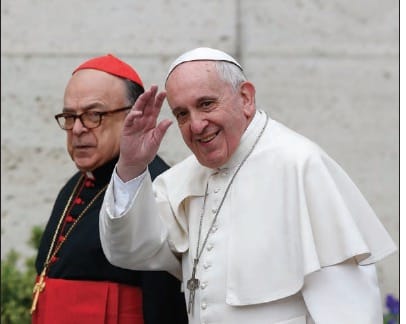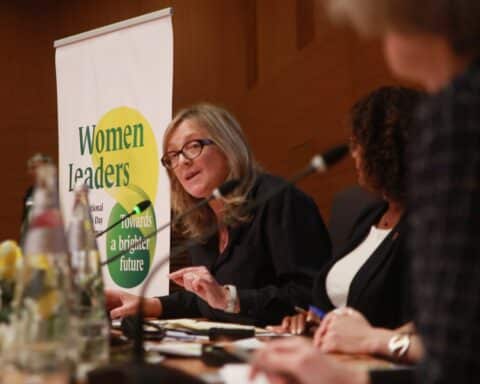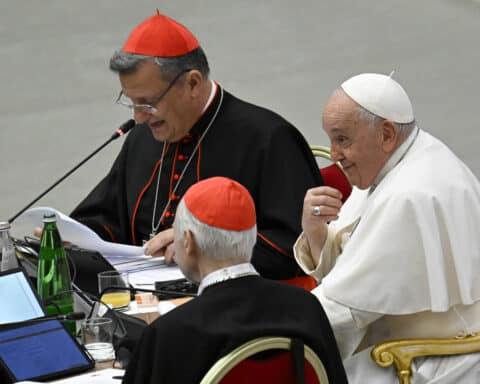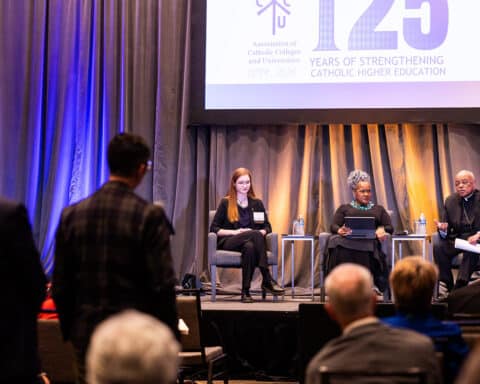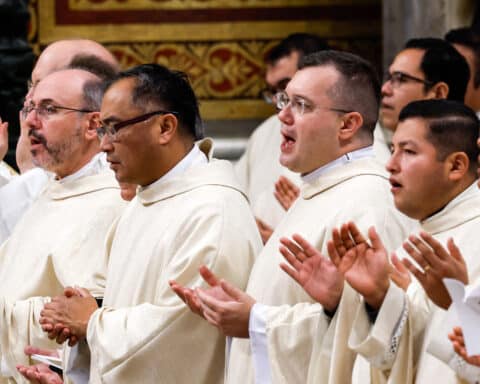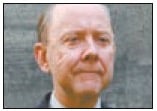
If that happens, it won’t mark the end of priestly celibacy. But unquestionably it will have set the Church on a path of radical change in ways beyond anybody’s ability to predict now.
The idea of ordaining viri probati (mature, trustworthy men) to celebrate Mass and provide other sacramental services in places where celibate priests are in short supply goes back at least to the time of the Second Vatican Council but has only lately come to life again. If the experiment in the Amazon — supposing it’s approved — succeeds in meeting the need there, it’s likely to be taken up by bishops in other places facing the same shortages.
That includes not only remote regions like the Amazon but other areas such as parts of Western Europe where ordinations of new priests have slowed to a trickle. In principle, there’s no saying where the line might be drawn.
The regional synod for the Amazon is scheduled to take place at the Vatican in October of next year. The planning group established by Pope Francis includes prominent advocates of ordaining married men such as Cardinal Claudio Hummes, OFM, a Brazilian who formerly headed the Vatican’s Congregation for the Clergy and who spoke well of the viri probati proposal before coming to Rome.
Married priests already are present in the Eastern churches, and married clergy from some other Christian churches — notably, former Anglicans — who convert to Catholicism for some time have been allowed to receive ordination and serve as priests in the Western Church.
But priestly celibacy has a long and honored place in the Church and dates back centuries — indeed, to apostolic times. The Second Vatican Council, in its Decree on the Ministry and Life of Priests, finds its basis in Jesus’ words in Matthew 19:12, where he praises those who forgo marriage “for the sake of the kingdom of heaven.” In a cultural context in which many people now take it for granted that celibacy is impossible, Vatican II urges priests to pray for “the grace of fidelity, which is never denied to those who ask” (Presyterorum Ordinis, No. 16).
The priest shortage is a serious problem wherever it exists. There are many places in the United States where the crunch is being felt. But how realistic is it to imagine that a radical solution like ordaining married men could be limited to just one region? The impact this would have on the acceptance and practice of priestly celibacy everywhere requires serious consideration before moving ahead anywhere.
The Church obviously already has some married priests, but a move toward universal institutionalization of what would be a de facto two-tier structure for the priesthood, with some celibate priests and some married, should be weighed carefully for its likely impact before any irreversible action is taken. And it is questionable whether a handful of bishops from a remote region, engaged in a laudable effort to solve their own problems, are best situated to do that.

